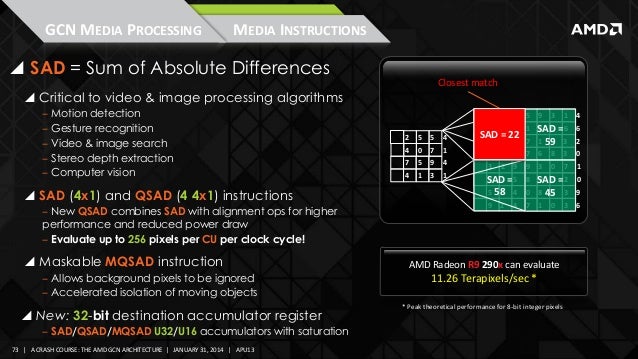Jawed
Legend
http://www.tomshardware.com/reviews/nvidia-geforce-gtx-1080-pascal,4572-11.htmlWith the 290X, AMD promised a clock of 1GHz on the box. With the 1080, Nvidia promises a boost clock of 1733MHz.
Are there cases where this 1733MHz isn't reached?
Edit: never mind, I see on the later graph that it sometimes goes below 1733. But it never goes below the base clock.Wasn't it agreed on that, for the 290X, AMD's mistake was to not list a base clock, and confuse people into thinking that 1GHz was a guarantee? You can avoid that by using a base/boost combo.
Lowest clock for stock configuration is ~1460MHz.




